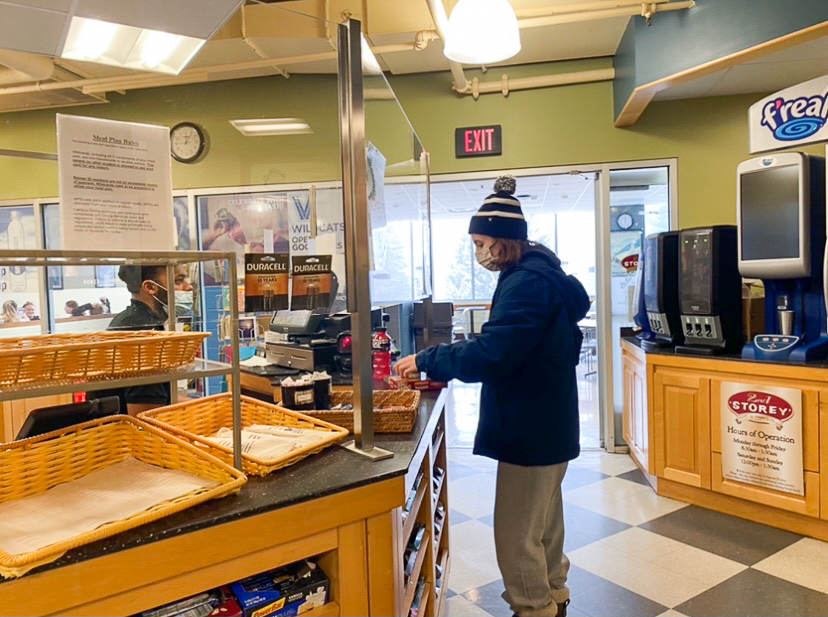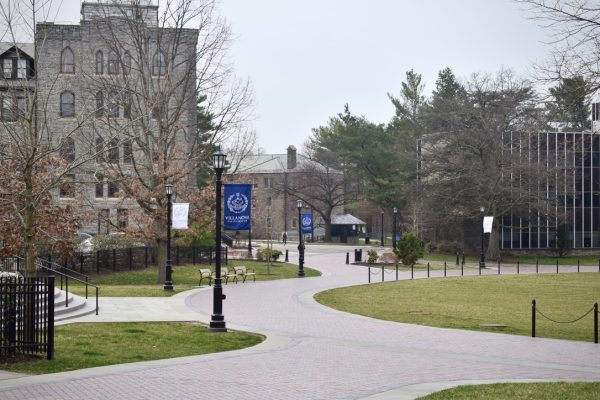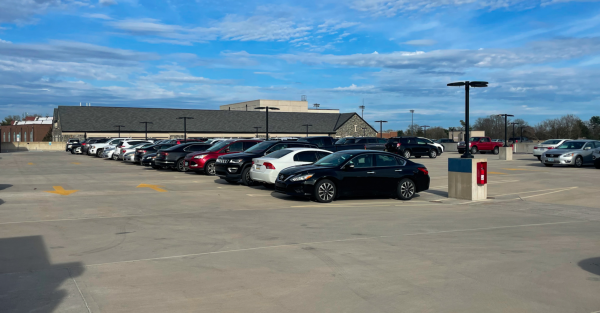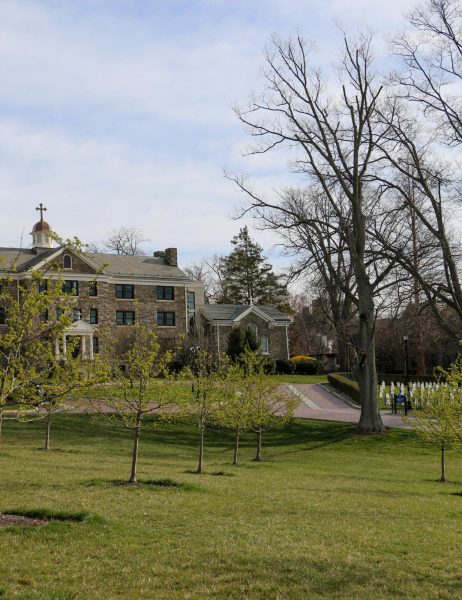Villanova Should Improve Its MPE System
Courtesy of Maggie Graw/Villanovan Photography
The current MPE pricing system leads to much confusion on campus.
February 16, 2022
We are now on week six of the Spring semester. For many students who wish to switch up their daily dining hall run, a Meal Plan Express, or MPE, is what’s next on the menu.
Whether it be Cafe Nova (Cova), Belle Air Terrace or Holy Grounds, these locations give the opportunity for Villanovans to add at least some element of variety to their on-campus diet.
While MPEs and on-campus retail dining locations are positive for students and necessary to avoid monotonous meals, the MPE system is altogether poorly advertised, limited and sloppily inconsistent. MPEs ought to stay, but they are in dire need of some upgrades.
At this point, you may be asking yourself, “what exactly is an MPE?” Well, you wouldn’t be the only one. Following a survey taken from students at the Connelly Center last Friday, only 20 percent of those surveyed knew that the acronym MPE stands for “Meal Plan Express.”
MPEs essentially assign a dollar value to one’s meal swipe and allow it to be used at select on-campus retail locations.
According to Villanova Dining’s “Meal Plans 101,” an MPE is “a convenient way for you to use your meal plan” at places like “select Holy Grounds coffee bars, and select convenience stores for prepared foods and select beverages.”
While many of the students interviewed did, in fact, have a correct understanding of what an MPE is used for, the basic confusion about the name is already cause for concern.
These same students were asked if they eat more frequently at the all-you-care-to-eat resident dining halls (Specifically, The Court at Donahue, Dougherty Dining Hall and St. Mary’s Dining Hall) or at a retail location during the weekdays.
Forty percent of the students surveyed answered that they eat more at retail locations using MPEs, while another 40 percent claimed that they usually eat at dining halls more.
Fifteen percent of the students surveyed answered that they eat equally at both dining halls and retail locations, while the rest stated that they are not currently enrolled in a meal plan.
The results of the survey demonstrated that many students take advantage of the MPE system at Villanova occasionally, while others opt to eat at these retail locations regularly.
This is partially because students crave the greater variety and choice that comes with dining at one of the on-campus retail locations. It’s true, as these dining hot spots are often full of delicious eats and tasty treats.
“I like going to the Bartley Holy Grounds the best because they have really good chocolate chip cookies,” Jane Huston said.
While MPEs are a great way to enjoy the different food the University has to offer, there are a lot of setbacks with the way MPEs are. For starters, as can be seen with the initial results of the survey, students are widely unsure about what an MPE actually is. They treat it as if it is the same as a meal swipe, when in fact it is actually worth much less.
Of the students surveyed, only 15 percent were aware that the price of an MPE can change with each location and with the time of day.
An MPE is worth $7.25 at all Holy Grounds locations where MPEs are accepted, but $8.25 at all other locations for the lunch, dinner and late-night meal periods. Breakfast, regardless of location, allows the student to utilize an MPE for $7.25.
Fifty percent of the students answered that the MPE was worth somewhere around seven or eight dollars, while the remainder answered much higher, with amounts like $12 and $18 being attributed to the cost of a MPE swipe.
While these answers seem high, they are closer to what students actually pay when they swipe for a cup of coffee at Holy Grounds. Since a meal plan is already paid for, each swipe costs about $11 if a student is subscribed to the 21 Meal Plan, with each meal plan after having a higher price per meal (excluding the Any Time 7 Day Meal Plan).
When a student eats at a location like Belle Air Terrace or Cova, the $11 that they spent to purchase the meal is now only worth $7.25. Therefore, every time students want to eat at retail locations on campus, they are actually losing money in using an MPE versus a meal swipe.
An additional problem is the blackout periods that some locations have on using MPEs. For example, The Law School Cafe does not accept MPEs from 11:15 a.m. to 1:15 p.m. On top of that, some Holy Grounds locations accept MPEs while others, like the one in Falvey or the Commons, arbitrarily do not.
If that wasn’t already enough, MPEs maintain very limited buying power at the convenience stores on campus. Students are not able to use their MPEs to purchase things like frozen meals, and they are instead encouraged to spend leftover meals for the week on smoothies, cookies and cinnamon rolls.
MPEs are not made clear by the University, which hurts the student body. It would be better if a location like Holy Grounds had set “Meal Swipe Combos” that grouped together certain items, allowing students to get more for what they already paid for rather than losing money each time they swipe.
It would also make sense for the dollar value assigned to an MPE to be consistent throughout locations and meal periods.
The dollar value assigned to MPEs should be increased so it is at least closer to what students are already paying, and it should be accepted at all locations with fewer limitations, especially at campus convenience stores.
It is clear that many students like being able to use their meals to eat at retail locations. The MPE system must be reformed, as students shouldn’t be penalized for trying to have some type of meal variety.






